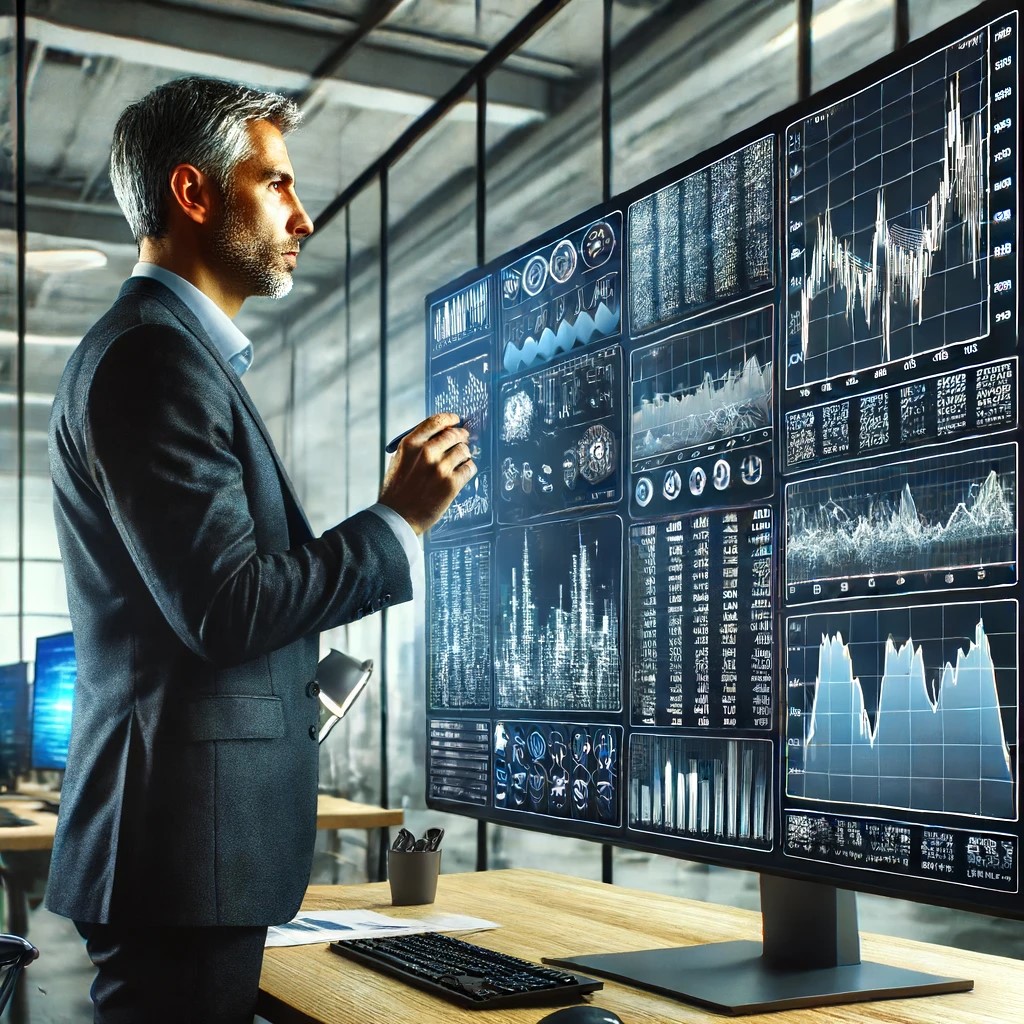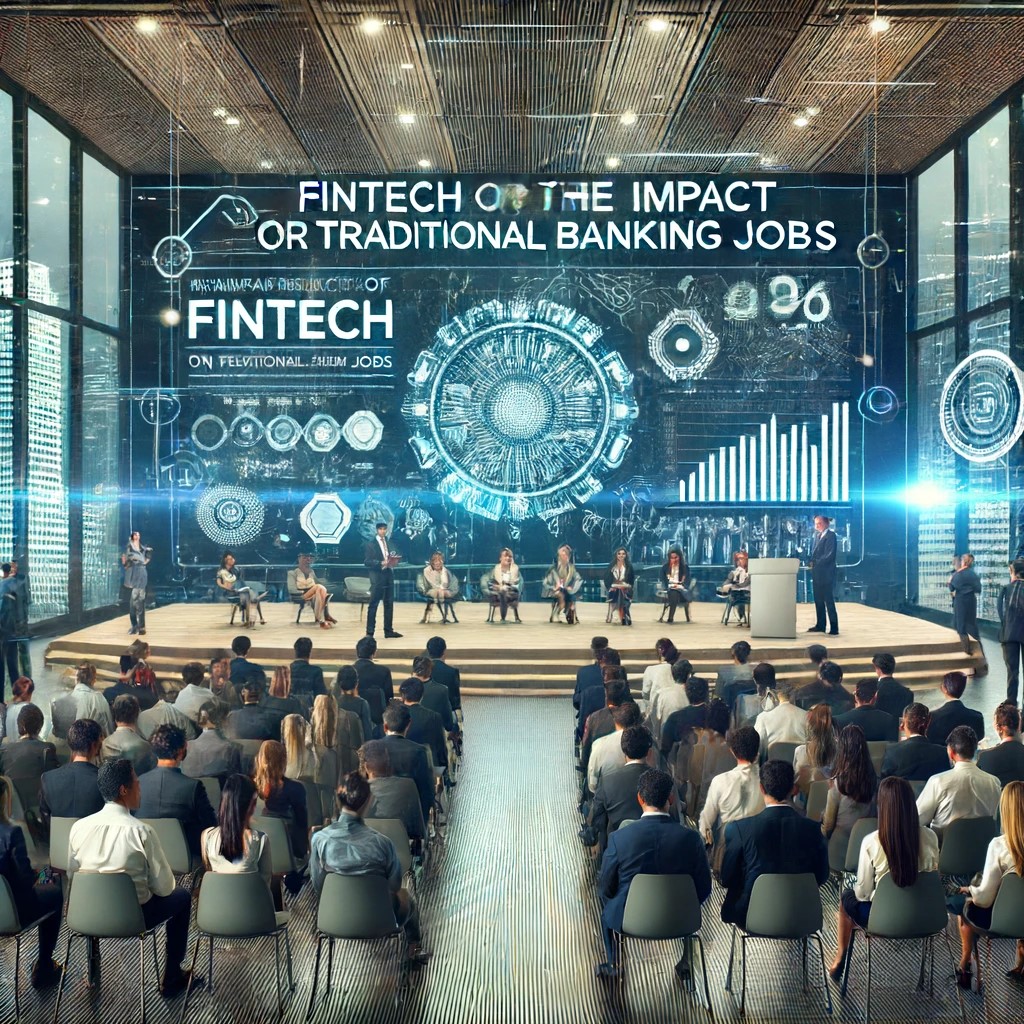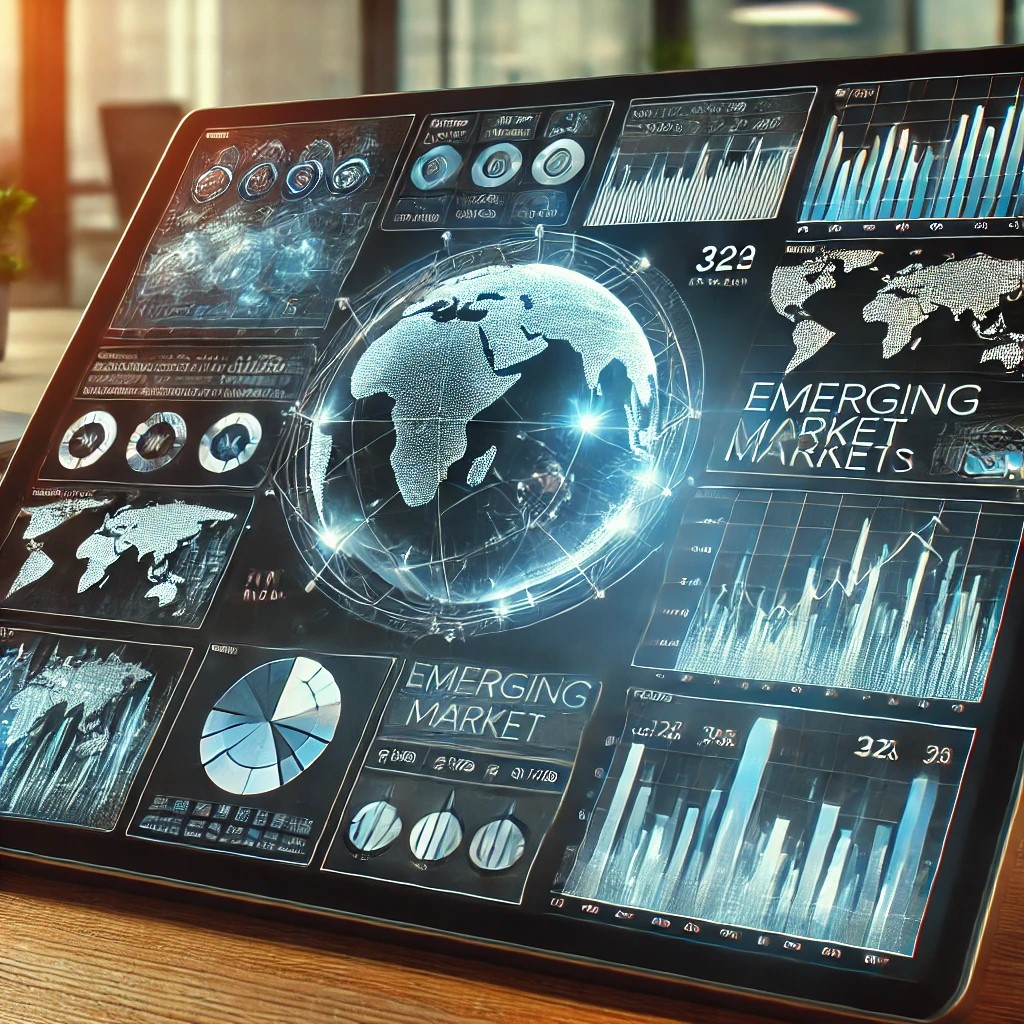The Future of Online Trading Platforms
Online trading platforms have revolutionized the way individuals and institutions participate in financial markets. As technology continues to evolve, these platforms are becoming more sophisticated, offering a range of tools that cater to traders of all levels. This article explores current trends in online trading and projects future developments that may redefine the trading landscape.

Current Trends in Online Trading Platforms
1. Increased Accessibility:
Online trading platforms have dramatically increased market accessibility, allowing anyone with an internet connection to participate in global financial markets. This democratization of trading has led to a surge in retail trading, with platforms like Robinhood and eToro leading the charge by offering user-friendly interfaces and zero-commission trades.
2. Integration of Advanced Technologies:
Today's trading platforms are integrating advanced technologies such as artificial intelligence (AI) and machine learning (ML) to provide traders with powerful analytical tools. These technologies help in predicting market trends, offering automated trading strategies, and personalized trading insights, enhancing the overall trading experience.

Future Predictions for Online Trading Platforms
1. Enhanced Use of AI and Machine Learning:
Future online trading platforms are expected to harness AI and ML even more extensively. These technologies will drive the development of autonomous trading systems that can execute trades at optimal prices, manage risks, and react to market changes faster than human traders.
2. Greater Integration with Social Trading:
Social trading platforms are already allowing traders to follow, copy, and interact with each other. This trend is expected to deepen, with platforms offering more integrated social features that enable a community-based approach to trading. Traders will not only share strategies but also directly collaborate, creating a more interactive and engaging trading environment.
3. Expansion of Blockchain Technology:
Blockchain technology holds significant promise for online trading platforms, particularly in terms of security and transparency. Future platforms may utilize blockchain to ensure more secure transactions, reduce the risk of fraud, and provide an immutable record of trades. This could also lead to the broader adoption of cryptocurrencies as mainstream financial instruments on these platforms.
4. Regulatory Evolution:
As online trading platforms evolve, so too will the regulatory landscape. Regulations will need to adapt to new technologies and trading behaviors. This could include stricter data protection laws, rules governing AI and algorithmic trading, and new standards for cryptocurrencies and other digital assets.
5. Personalization Through Big Data:
Future platforms will likely leverage big data to offer more personalized trading experiences. By analyzing vast amounts of data, platforms can offer customized advice, predict individual risk tolerance, and even tailor the user interface to meet the specific needs of each trader.

Conclusion
The future of online trading platforms is bright, marked by technological advances that promise to make trading more accessible, secure, and efficient. As these platforms continue to evolve, they will not only transform traditional trading mechanisms but also create a more inclusive financial ecosystem. This ongoing evolution will require adaptive strategies from both traders and regulators, ensuring that the benefits of these advancements are maximized while minimizing potential risks.
(Writer:Seli)





